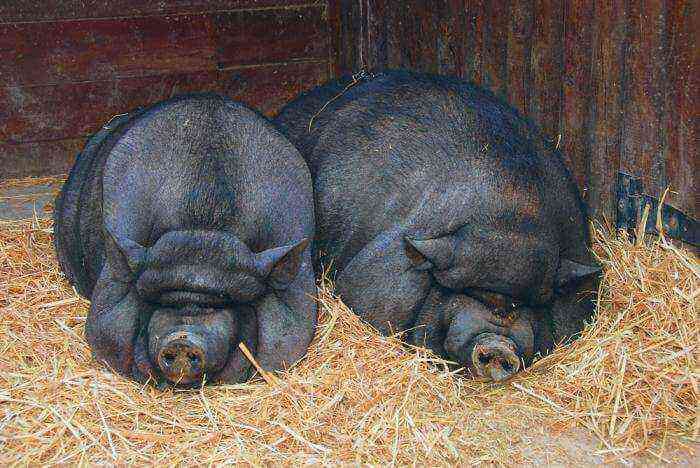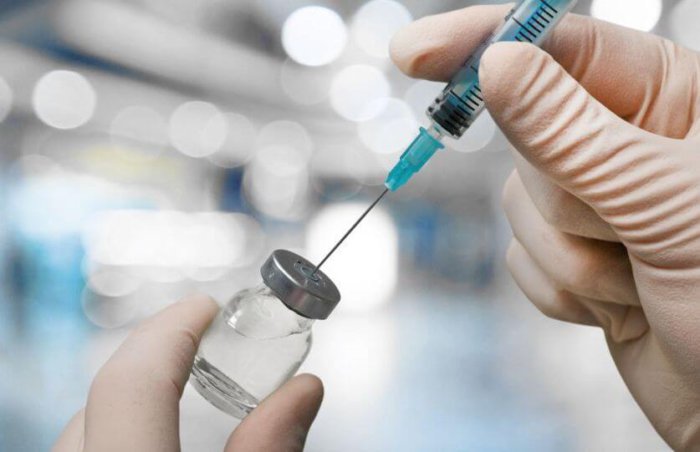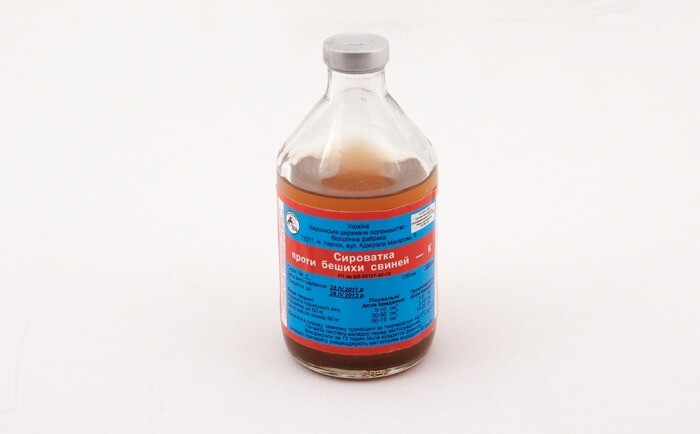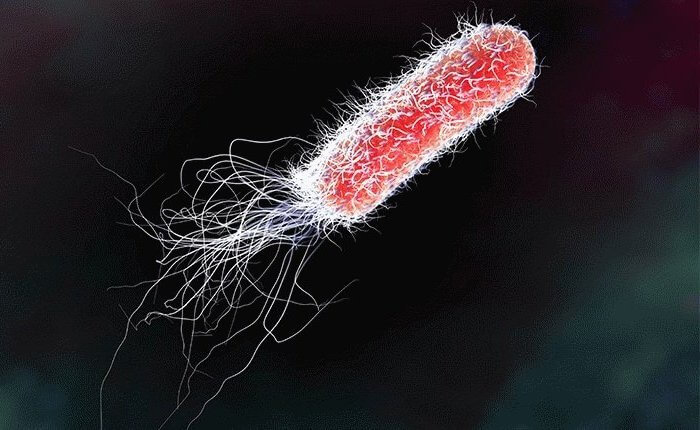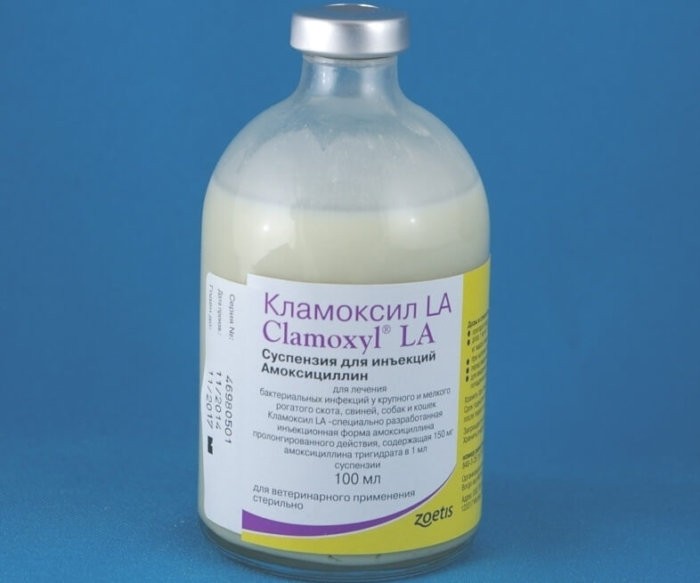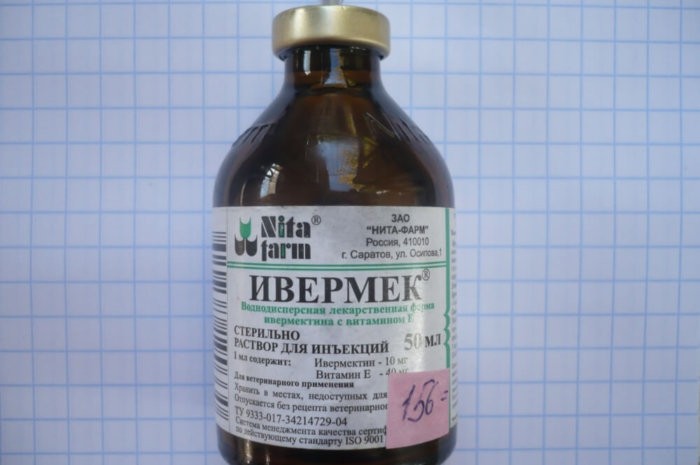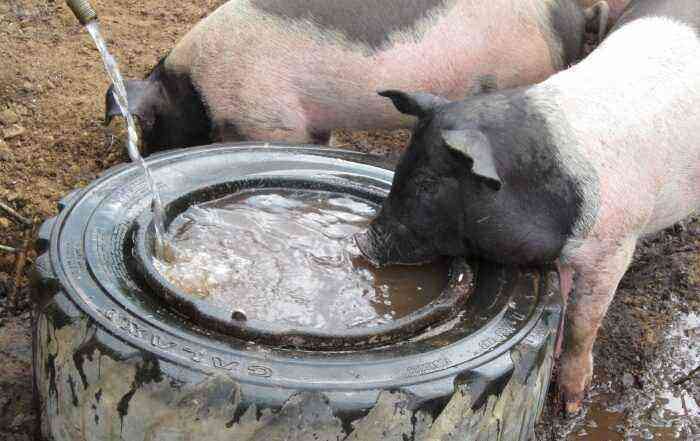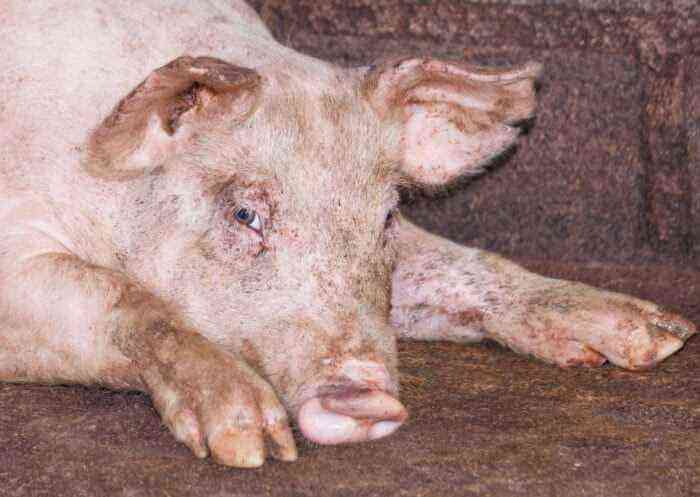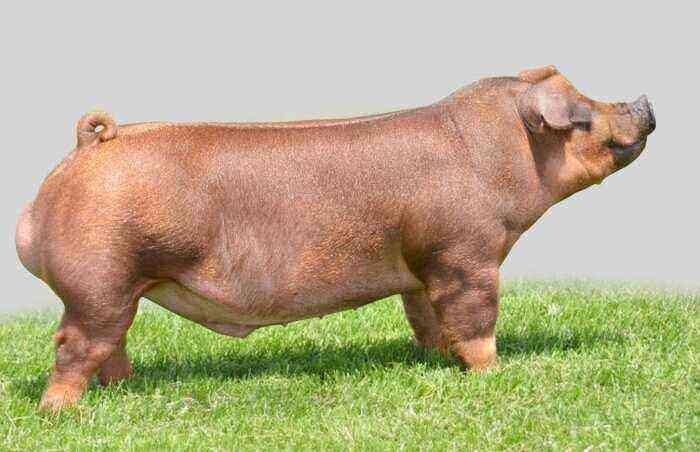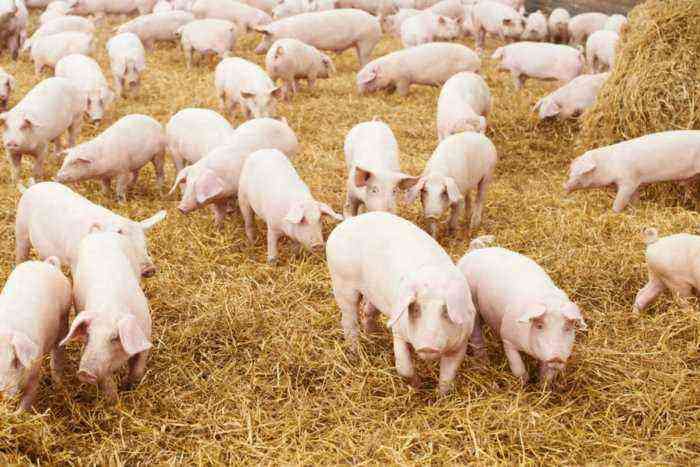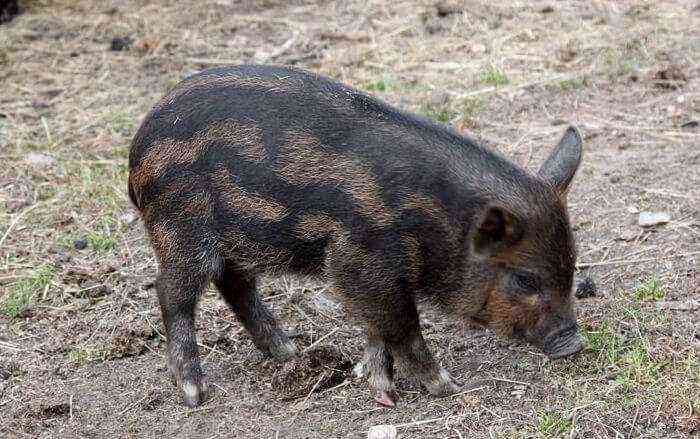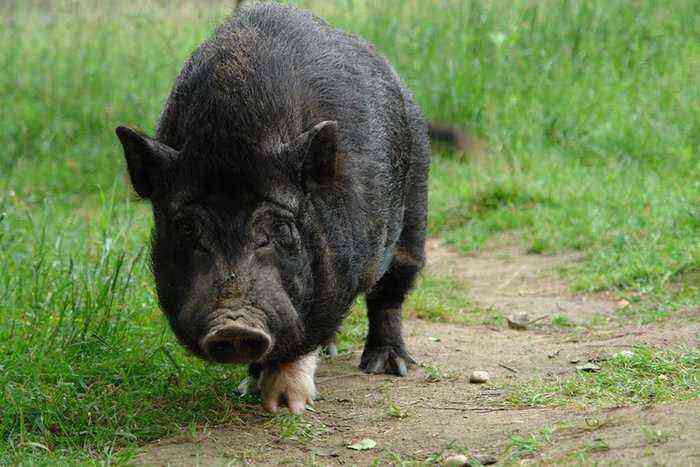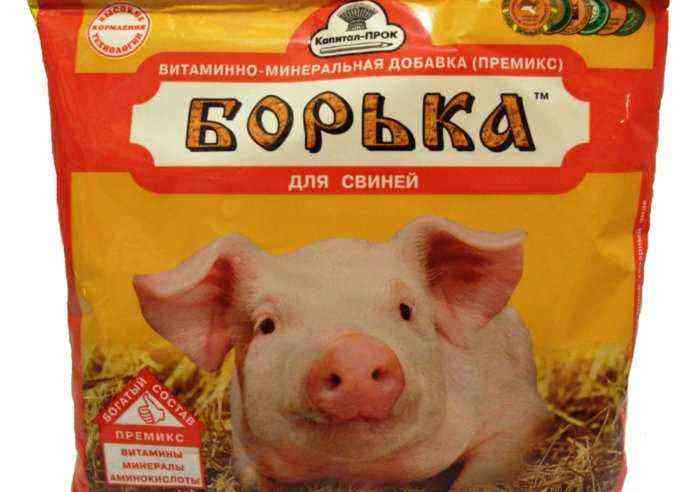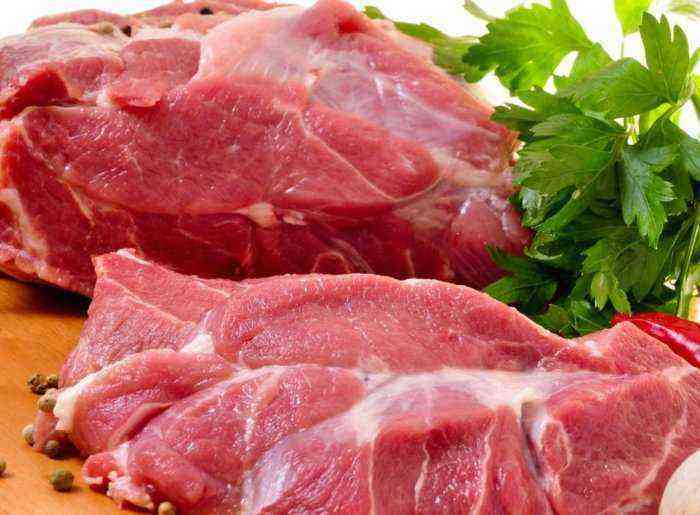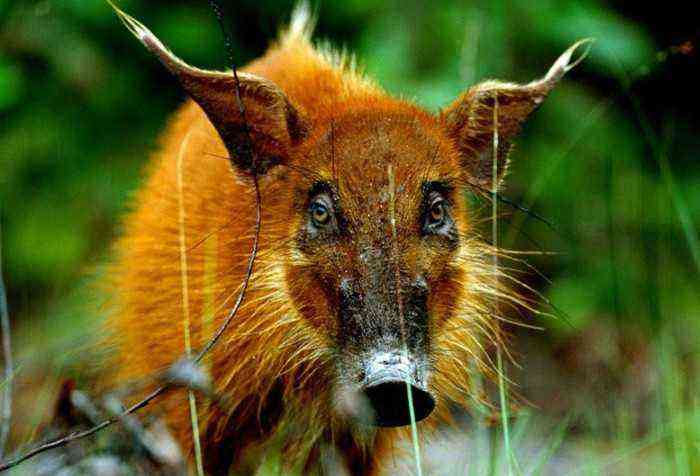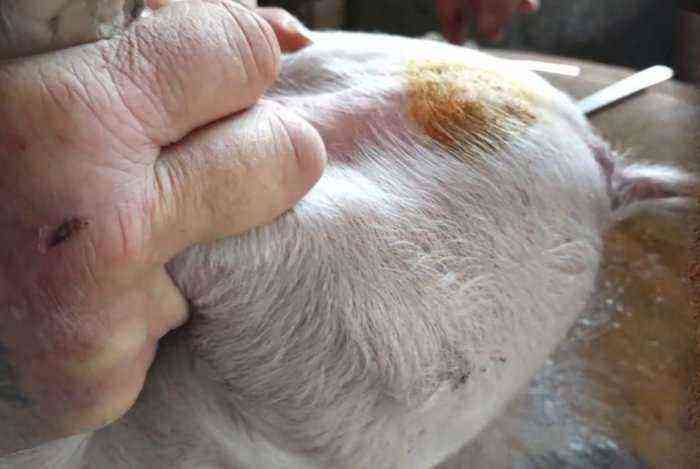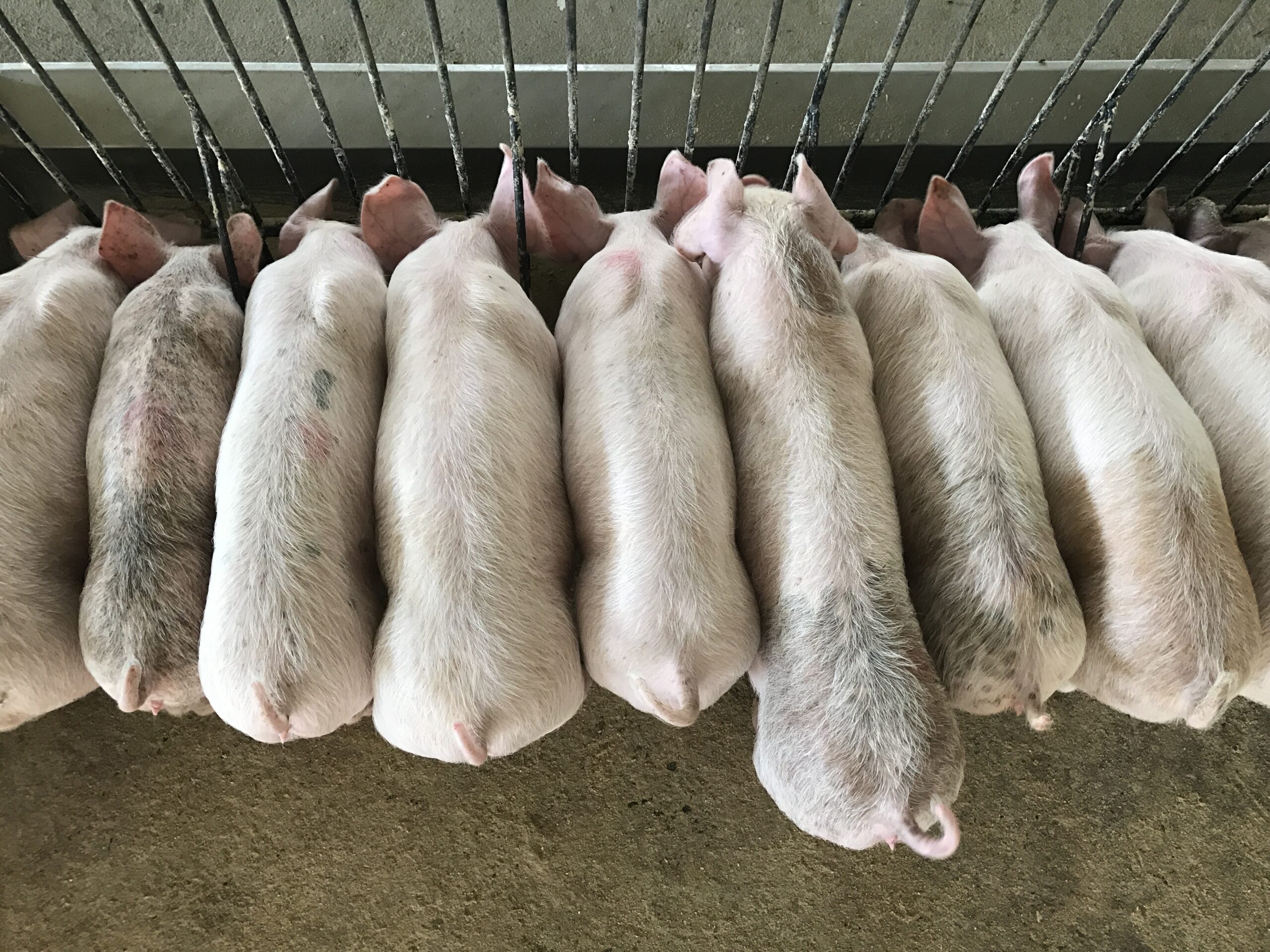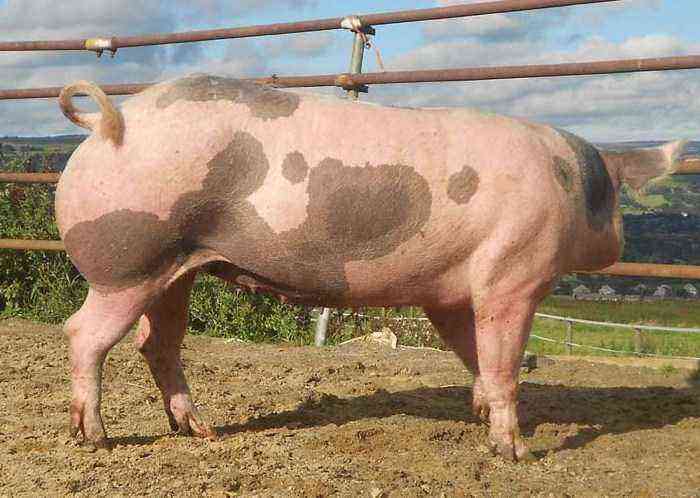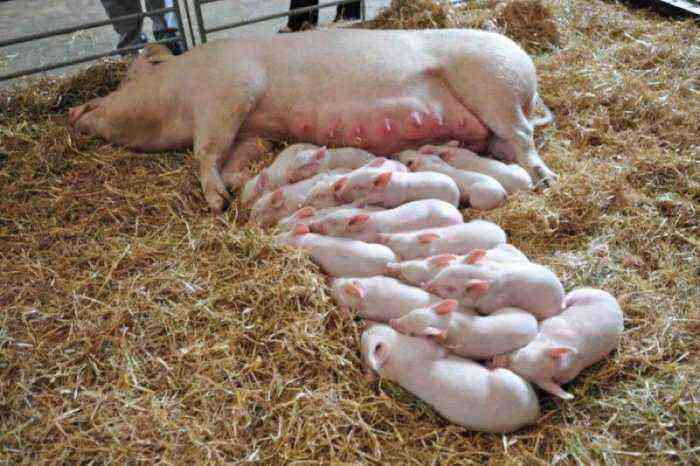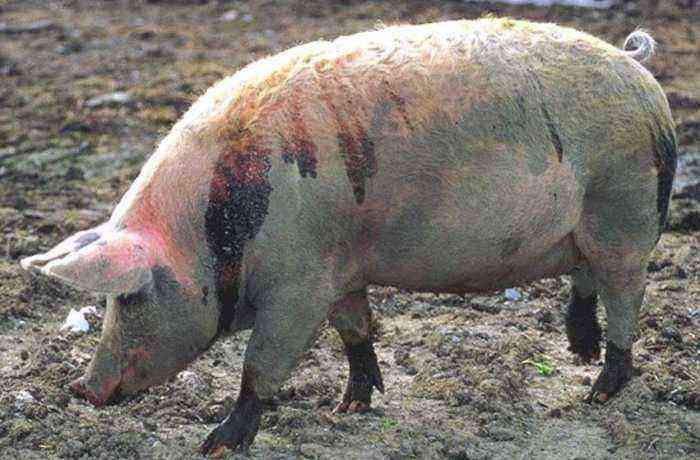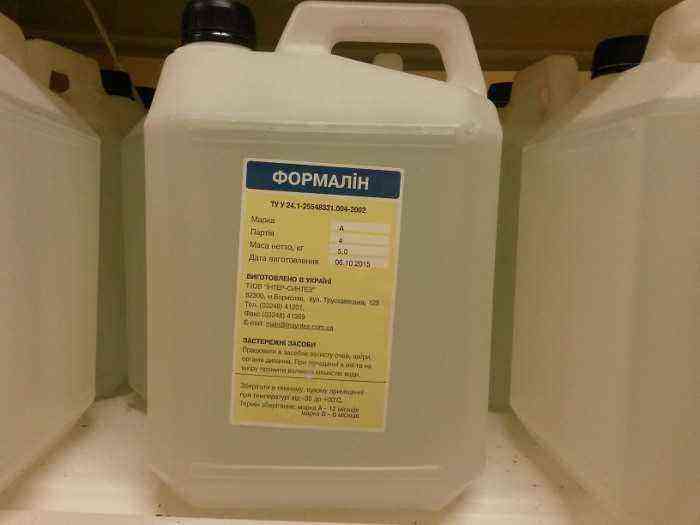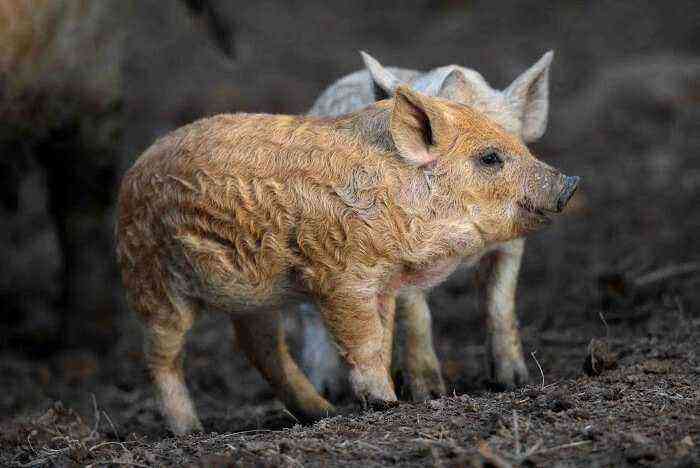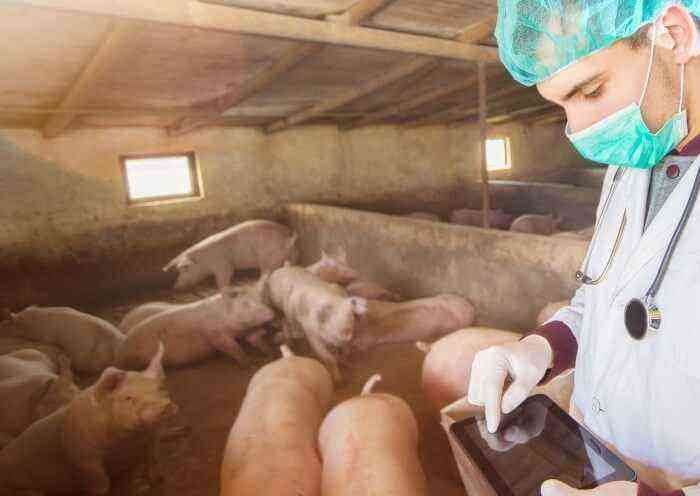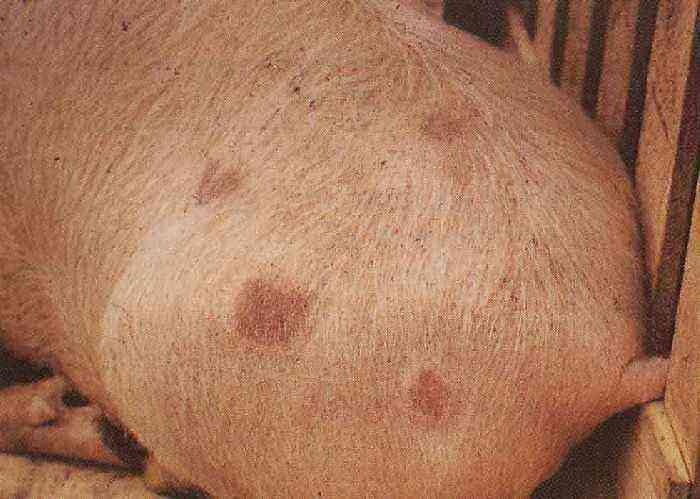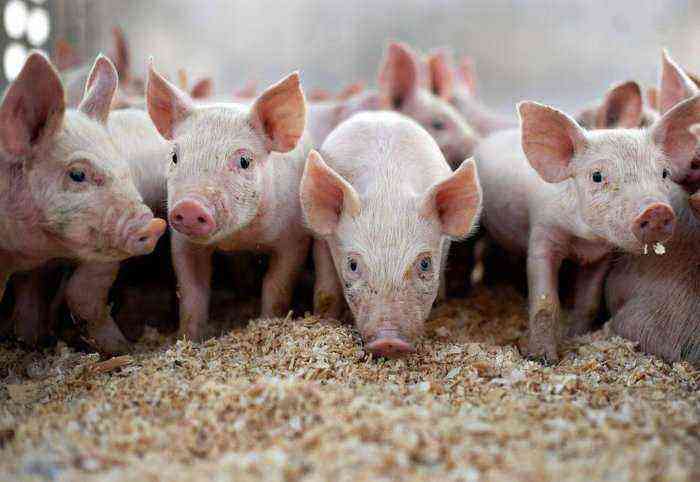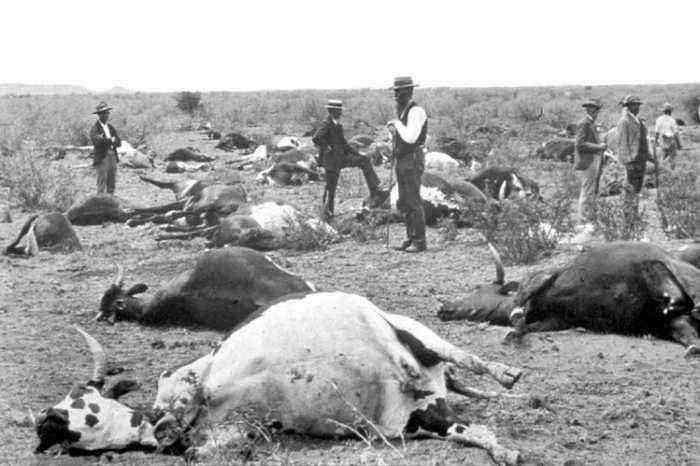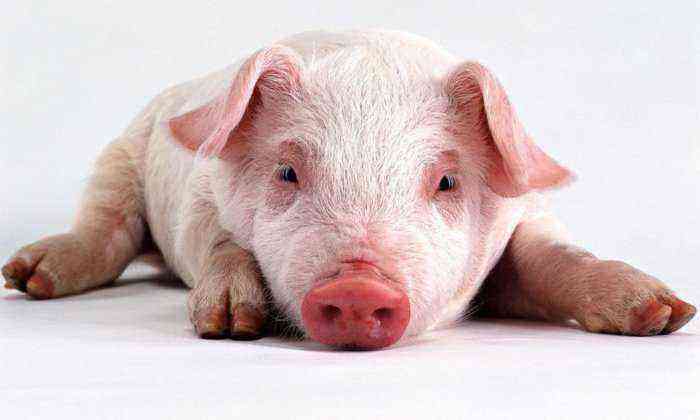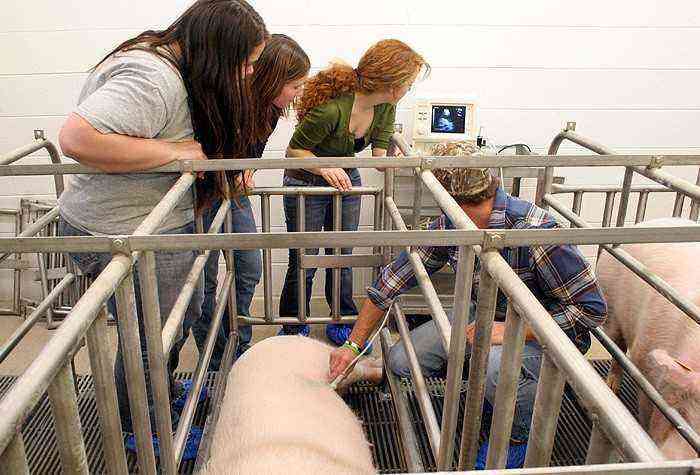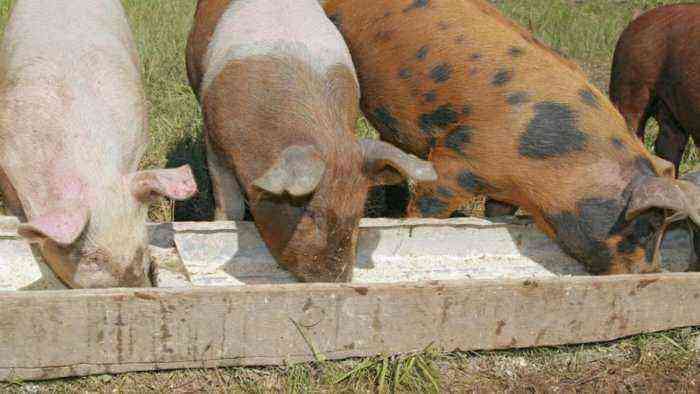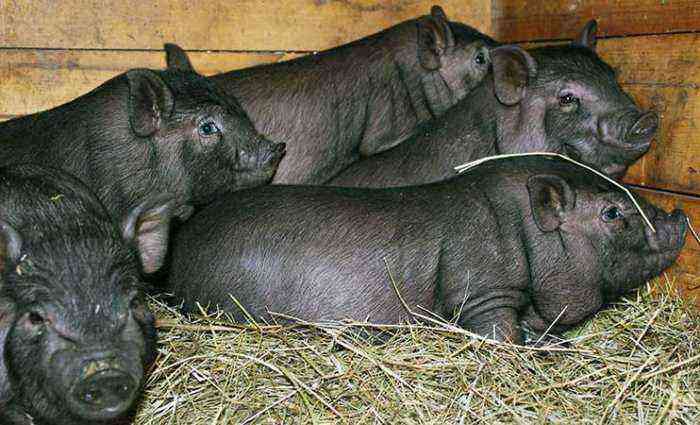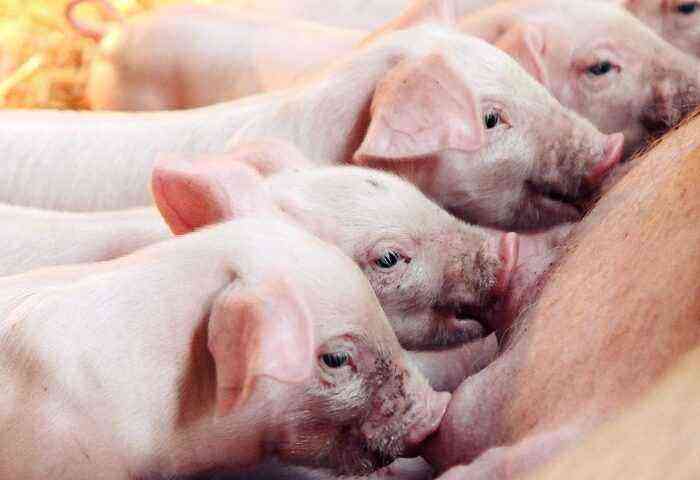Despite stable immunity, bellied pigs also get sick. They are not protected from viral diseases, skin parasites and worms. Diseases of Vietnamese pigs will be discussed in this article. This information will help farmers to detect ailments in animals in time and take action.
bellied pigs
Causes of disease in Vietnamese pigs
Unlike whites, Vietnamese pigs have a high body resistance. For this, this breed is valued, however, these animals can also be attacked by diseases. Often they are provoked by farmer’s mistakes in maintenance and care, for example:
- crowding of animals;
- unsanitary conditions;
- improper feeding;
- neglect of vaccination.
Large crowding and unsanitary conditions are the main enemies of the health of pigs. If at least one individual becomes infected with a dangerous virus, in such conditions the infection will quickly spread throughout the livestock. If the pigs are not vaccinated, there is a great risk of suffering great losses. Errors in nutrition lead to metabolic disorders in animals and cause various vitamin deficiencies and eating disorders.
Vietnamese bellied pigs can get sick:
- infectious diseases;
- skin parasites;
- invasive diseases.
Among other things, they can get poisoned or get heatstroke. The following signs indicate malaise in pigs:
The animal lies, burrows into the litter – a symptom
- the animal lies, burrows into the litter;
- diarrhea;
- discharge from the nose, eyes;
- scabs, ulcers, rash on the body;
- wheezing;
- lameness;
- weight loss;
- lack of appetite;
- nervous phenomena – convulsions, tilting the head;
- sitting dog posture.
Attention! In each of these cases, a consultation with a veterinarian is necessary. Delay can lead to infection of the entire population.
Infectious diseases
Infections pose a serious danger to pigs, since viruses and bacteria tend to quickly spread among animals and cause their death.
Aujeszky’s disease
This disease is also called pseudo-rabies. Its causative agent is a highly virulent virus containing a DNA molecule, which belongs to the Herpesvirus family. It affects the nervous system of animals. The incubation period lasts no more than 15 days, and the source of infection is sick and already ill animals. The death of pigs occurs 1-2 days after the detection of symptoms:
- walking in a circle;
- sitting dog posture
- the animal lies on its side and spreads its limbs, as if swimming;
- itching;
- convulsions, paralysis of the pharynx;
- hard breath;
- the release of foam from the mouth.
There is currently no cure for Aujeszky’s disease. You can protect livestock from a dangerous virus by resorting to routine vaccination.
Disease vaccination
Viral gastroenteritis
The causative agent of the disease is a virus belonging to the genus Coronavirus containing an RNA molecule. Infection occurs through the digestive organs and the respiratory system. The source of infection is individuals who have already had viral gastroenteritis and are virus carriers, as well as sick animals. At risk are suckling pigs.
Symptoms:
- vomiting;
- diarrhea (feces are watery, yellow-green in color);
- wet skin;
- oppression.
There is no effective treatment for viral gastroenteritis. Immunostimulating serums, remedies for dehydration, intoxication of the body, antibiotics are used.
Attention! An oral or intranasal vaccine is used to prevent the disease.
Mug
The causative agent of the disease is an erysipelas bacterium. The most susceptible to infection are bellied pigs aged from 3 months to a year. The source of infection is not only sick individuals, but also rodents and birds. The incubation period lasts up to 8 days, after which erysipelas is manifested by the following symptoms:
- reddening of the skin, strange-shaped spots form on it – in the form of rectangles, triangles and squares (this symptom appears on the 2-3rd day of illness);
- oppression, thirst, refusal of food;
- labored breathing;
- cyanosis of the skin in the ears and neck;
- heat.
Erysipelas can proceed at lightning speed, then piglets die in a few hours. Other forms of the course of the disease are acute, subacute and chronic (rare). In the subacute course, the prognosis is favorable. In most cases, pigs recover.
Attention! If the erysipelas is acute, it is important to start treatment immediately, then there is a chance for recovery. Otherwise, the piglet will die in 3-4 days.
Hyperimmune serum and antibiotics of the penicillin series are used for treatment. Vaccination is used to prevent erysipelas.
Hyperimmune Serum
Salmonellosis
The Salmonella bacterium causes the disease salmonellosis. Infection occurs through the organs of the digestive system. At risk are predominantly adult Vietnamese pigs. In individuals with strong immunity, the disease can proceed without any manifestations, while pigs adjacent to these animals will be infected with the bacterium.
Symptoms of salmonellosis in bellied pigs:
- diarrhea followed by constipation;
- cyanosis of the skin in the neck and chest, ears, abdomen;
- dyspnea;
- refusal to feed;
- oppression.
Treatment is with the antibiotic Levomycetin. With timely therapy, the prognosis for recovery is favorable.
Escherichia coli (bacteriosis)
The causative agent is Escherichia coli. Normally, it is always present in the intestines of animals and humans, but with adverse factors – a change in diet, a decrease in immunity, etc., the bacterium begins to multiply intensively, causing a painful condition. Piglets weaned from their mothers are at risk.
The causative agent of colibacillosis is Escherichia coli
Symptoms:
- Diarrhea. The feces are white in color, they contain foam, streaks of blood and mucus, they have a fetid odor.
- Dehydration. Eyes sunken, skin becomes dry and wrinkled. Urine is dark.
- Oppression, complete rejection of food.
- Heat.
Colibacillosis is treated with antibiotics to which Escherichia coli is sensitive. They also use specific serum, antihistamines, corticosteroids, sorbents.
Attention! Piglets should be kept on a starvation diet for 12 hours and soldered with Rigner’s solution to replenish fluid loss in the body.
anthrax
Anthrax is characterized by the formation of carbuncles on the skin and internal organs – the intestines and lungs, as well as on the tonsils and palate. This disease is caused by a rod-shaped microbe, which is very resistant to environmental factors and disinfection.
Attention! Anthrax is dangerous to humans!
If the disease proceeds in a lightning-fast form, then the animal dies in a few hours. His temperature rises to 42 degrees and blue mucous membranes are observed. Then convulsions begin, death occurs.
In the acute form of the disease, the following symptoms appear:
- fever;
- cyanosis of the mucous membrane of the eyes;
- difficulty breathing, wheezing;
- swelling of the neck.
Reference. The carbuncle form is characterized by the formation of multiple carbuncles on the skin.
For treatment, a special serum, antibiotics and gamma globulins are used.
Smallpox
Swine pox is caused by a DNA-containing virus, it is highly resistant in the external environment. Having penetrated into the body of the animal, it first causes a fever, and after 1-2 days, spots-pockmarks begin to appear on the body of the pig, which gradually change. At the same time, the body temperature of the animals returns to normal. Disease stages:
- the appearance of papules;
- degeneration into vesicles;
- suppuration stage;
- healing.
Manganese solution
Pigpox is treated with antibiotics, and a potassium permanganate solution, antibiotic ointments and boric acid are used to treat pockmarks.
Listeriosis
This disease is caused by a polymorphic bacterium that enters the body not only through the mouth, but also through lesions on the skin or mucous membranes. The disease can proceed in different ways – affect the nervous, reproductive or digestive system. Symptoms, respectively, differ, depending on the form of the disease.
Septic and nervous forms of listeriosis are predominantly found in pigs. Symptoms:
- diarrhea;
- convulsions;
- cyanosis of the ears and peritoneum;
- heat;
- photophobia;
- signs of rhinitis;
- strange gait (stilted type);
- backward movement;
- vomiting;
- cough;
- abscesses.
Treatment is effective only at the initial stage of the disease. In this case, antibiotics are used – Clamoxil, Solamox, Terramycin.
Klamoksil
circovirus disease
This ailment is caused by a circovirus – one of the most stable in the external environment, it is almost impossible to destroy it with disinfectants. Penetrating into the body of Vietnamese pigs, it causes inflammation of blood vessels and lymph nodes.
Symptoms:
- weight loss;
- yellowness of the skin;
- rash on the body, gradually merging into large spots;
- cough, shortness of breath;
- necrosis of the tips of the ears.
There is no serum containing antibodies to circovirus in Russia yet, but it has already been developed abroad. So far, vaccination has helped protect livestock from this disease.
Skin parasites
Considering the diseases of Vietnamese piglets, one cannot help but dwell on skin diseases caused by parasites. They are also contagious, but with timely treatment have a favorable prognosis.
Scabies
The itch mite causes scabies in pigs. It penetrates the skin and makes passages there for laying eggs. In adults, the disease can occur without symptoms, and in young animals it manifests itself as follows:
- scratches on the body;
- skin redness, crusting;
- anxiety caused by severe itching;
- exhaustion.
Attention! There is another type of scabies – ear, it is caused by a different type of mite. In this case, scratches and crusts form in the area of the auricles.
For the treatment of scabies, injections of Ivomek and Ivermek are used, as well as acaricidal preparations in the form of emulsions, sprays and ointments.
Ivermek
Lice
A characteristic feature of lice is that they do not penetrate the epidermis, but only injure it. Lice drink the blood of pigs, while causing severe itching with their bites.
Important! Skin parasites are capable of carrying some dangerous diseases, so it is imperative to remove lice.
Symptoms:
- the animal is worried because of itching;
- rubs against objects with the body;
- scratches, bald spots are found on the skin;
- exhaustion.
You can rid pigs of lice with the help of acaricidal preparations. Two treatments with an interval of 10 days are enough for a complete recovery. It is also mandatory to process the room where the sick individual is kept.
Invasive diseases
Vietnamese pigs can also suffer from helminthic infestations. Parasite infestation occurs mainly in pastures.
Ascaridosis
Roundworms are roundworms that parasitize the intestines. Their length can reach 40 centimeters! When the larvae are swallowed, after some time they migrate to the bronchi, where the larvae mature. As a result of their activity, pigs begin to cough. Symptoms of infection:
- cough;
- exhaustion;
- diarrhea alternates with constipation;
- loss of appetite.
Ascariasis is treated with anthelmintic drugs – Piperazine, Albendazole, Mebendazole.
Albendazole
Esophagostomosis
This disease is provoked by parasitism in the large intestine of bellied pigs with worms, the length of which reaches about 2 mm. They injure the intestinal mucosa, which leads to inflammatory processes. Symptoms of infection:
- loss of appetite;
- diarrhea streaked with blood and mucus;
- exhaustion.
Attention! Esophagostomosis is especially dangerous for small piglets. If you do not help them, they die in 60% of cases.
Medications help get rid of parasites – Albendazole or its analogues.
Trichinosis
Trichinosis is dangerous for humans. In pigs, this disease may not manifest itself at all. Penetrating into the body of pigs, the worms multiply in the intestines, and their larvae are then carried with the bloodstream to the muscle fibers. There they are encapsulated and stored for years.
Important! A person becomes infected with trichinosis when he eats the meat of pigs that has not undergone sufficient heat treatment.
Treatment of trichinosis has not been developed, since it is possible to diagnose this disease in pigs only after slaughter.
Loose-bellied pigs are not susceptible to many of the diseases that other breeds suffer from, but their body cannot resist deadly viruses. These animals also suffer from parasites. Having noticed signs of a deterioration in the condition, you should immediately call a veterinary service worker, and isolate sick animals. Most of the dangerous diseases of Vietnamese pigs can be protected by vaccination.
